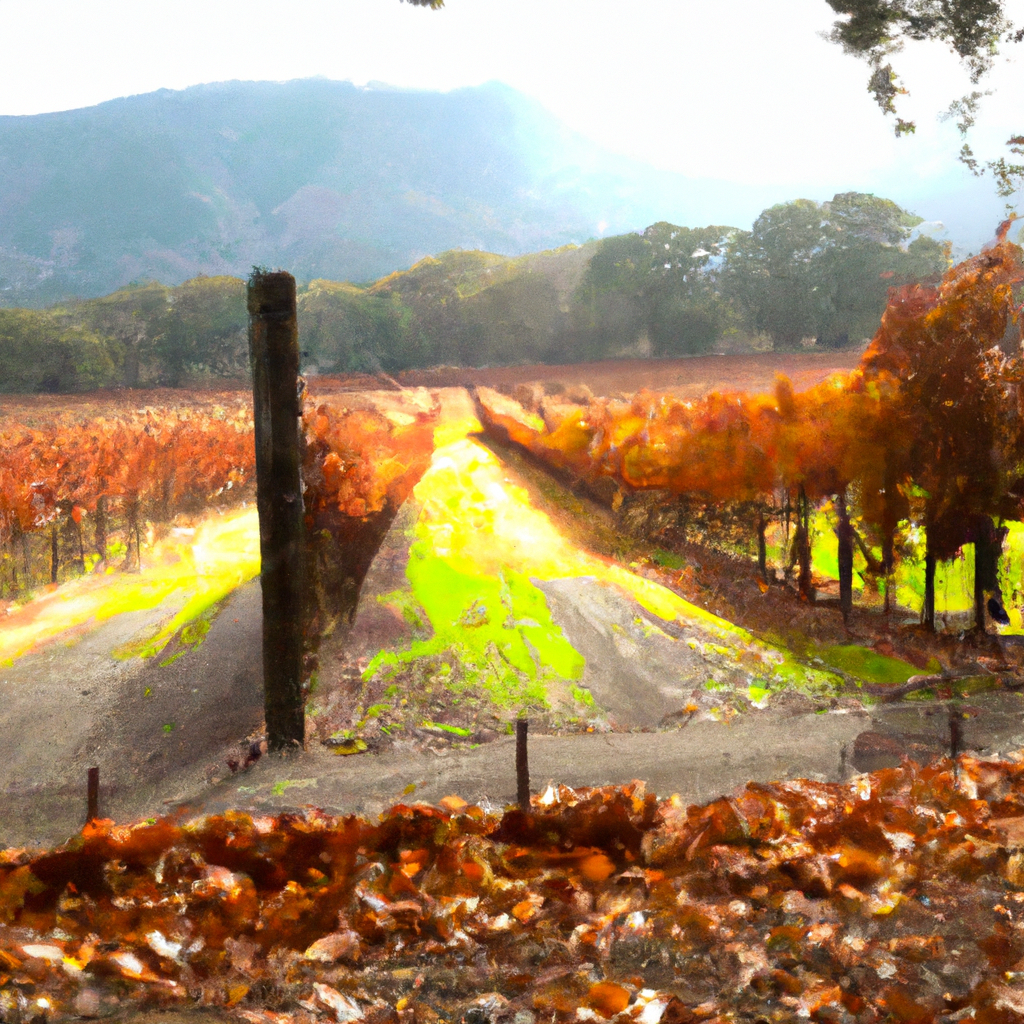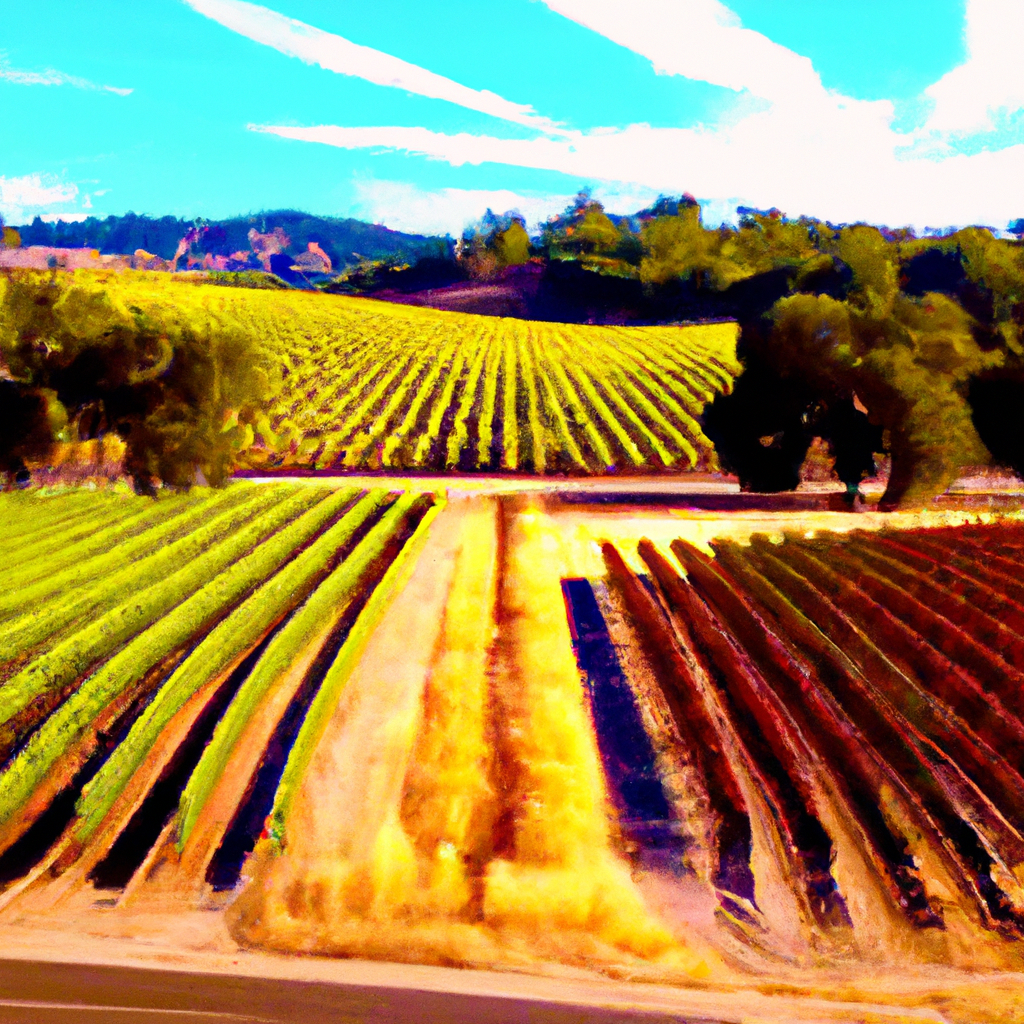
-
Article Summary
- Napa vs. Sonoma: The Ultimate Battle for Wine Region Supremacy
- Key Takeaways
- Introduction: A Tale of Two Wine Regions
- Napa: The Epitome of Luxury
- Sonoma: Diversity and Authenticity
- Climate and Soil: A Tale of Two Terroirs
- History and Influence
- FAQ Section
- Which region is more expensive, Napa or Sonoma?
- Which region has more wineries?
- Which region is better for wine tourism?
- Which region produces better wine?
- Can I visit both regions in one day?
- Conclusion: A Matter of Preference
- Revisiting the Key Takeaways
Napa vs. Sonoma: The Ultimate Battle for Wine Region Supremacy

[youtubomatic_search]
Key Takeaways
- Napa and Sonoma are two of the most renowned wine regions in the world, each with its unique characteristics and offerings.
- While Napa is known for its luxury and high-end wines, Sonoma is celebrated for its diversity and laid-back atmosphere.
- The varietals produced in each region differ significantly due to the contrasting climates and soil types.
- Both regions have a rich history and have contributed significantly to the global wine industry.
- Choosing between Napa and Sonoma ultimately depends on personal preferences and what one is looking for in a wine experience.
Introduction: A Tale of Two Wine Regions
The world of wine is vast and diverse, with numerous regions across the globe producing their unique varietals. However, when it comes to American wines, two regions stand out: Napa and Sonoma. These neighboring Californian valleys have long been at the forefront of the American wine industry, each boasting a rich history, distinct climate, and a plethora of world-class wineries. This article delves into the Napa vs. Sonoma debate, exploring the unique characteristics of each region and their contributions to the world of wine.
Napa: The Epitome of Luxury
Napa Valley, the smaller of the two regions, is synonymous with luxury and prestige. Known for its high-end wineries and opulent tasting rooms, Napa is a haven for wine connoisseurs. The region is particularly famous for its Cabernet Sauvignon, with the warm climate and diverse soils providing ideal conditions for this varietal. According to the Napa Valley Vintners, the region is home to over 400 wineries, producing 4% of California’s total wine output.
Sonoma: Diversity and Authenticity
On the other hand, Sonoma County offers a more laid-back and diverse wine experience. The region is larger and more varied in terms of climate and soil, allowing for a wider range of varietals. Sonoma is particularly known for its Pinot Noir, Chardonnay, and Zinfandel. The Sonoma County Winegrowers report that the region has over 60,000 acres of vineyards and more than 425 wineries.
Climate and Soil: A Tale of Two Terroirs
The climates and soils of Napa and Sonoma play a significant role in the types of wines they produce. Napa’s climate is warmer, favoring robust reds like Cabernet Sauvignon. In contrast, Sonoma’s cooler, coastal climate is ideal for varietals like Pinot Noir and Chardonnay. The soil in Napa is volcanic and well-drained, while Sonoma boasts a mix of loam, clay, and sandstone soils.
History and Influence
Both Napa and Sonoma have a rich history dating back to the 19th century. Napa gained international recognition after the 1976 Judgment of Paris, where its wines outperformed French wines in a blind tasting. Sonoma, on the other hand, is home to some of the oldest wineries in California and has played a significant role in shaping the state’s wine industry.
FAQ Section
Which region is more expensive, Napa or Sonoma?
Napa is generally more expensive, both in terms of wine prices and tasting fees.
Which region has more wineries?
Sonoma has more wineries, but Napa’s wineries are generally larger and produce more wine.
Which region is better for wine tourism?
Both regions offer excellent wine tourism experiences, but they cater to different tastes. Napa is more luxurious and upscale, while Sonoma is more laid-back and rustic.
Which region produces better wine?
This is subjective and depends on personal preferences. Napa is known for its Cabernet Sauvignon, while Sonoma is famous for its Pinot Noir and Chardonnay.
Can I visit both regions in one day?
While it’s possible, it’s recommended to spend at least a day in each region to fully appreciate what they have to offer.
Conclusion: A Matter of Preference
In the battle for wine region supremacy, both Napa and Sonoma emerge as winners. Each region offers a unique wine experience, shaped by its climate, soil, history, and the varietals it produces. Whether you prefer the luxury and prestige of Napa or the diversity and authenticity of Sonoma, both regions promise a memorable wine journey. Ultimately, the choice between Napa and Sonoma comes down to personal preference and what you’re looking for in a wine experience.
Revisiting the Key Takeaways
- Napa and Sonoma are both renowned wine regions, each offering a unique wine experience.
- Napa is known for its luxury and high-end wines, particularly Cabernet Sauvignon.
- Sonoma is celebrated for its diversity and laid-back atmosphere, with a wide range of varietals including Pinot Noir, Chardonnay, and Zinfandel.
- The climates and soils of the two regions significantly influence the types of wines they produce.
- Both regions have a rich history and have made significant contributions to the global wine industry.
[youtubomatic_search]






